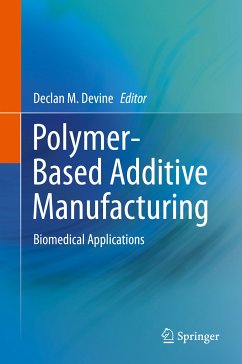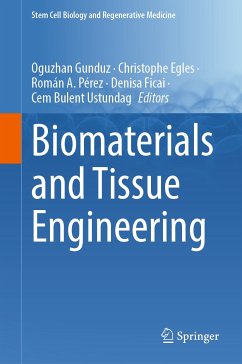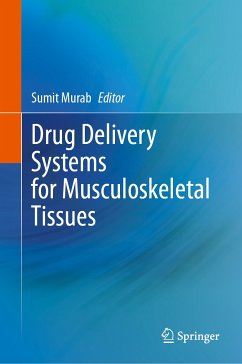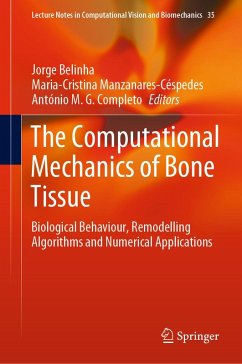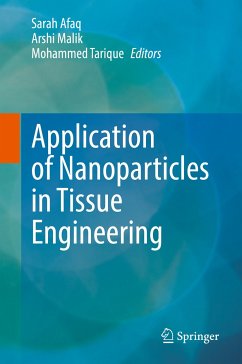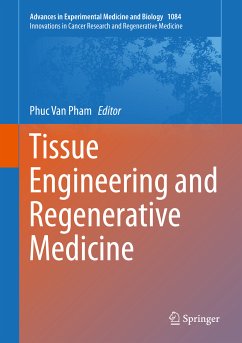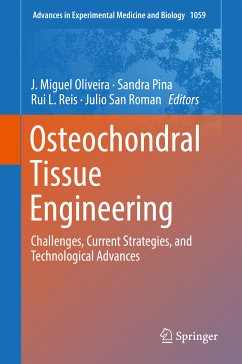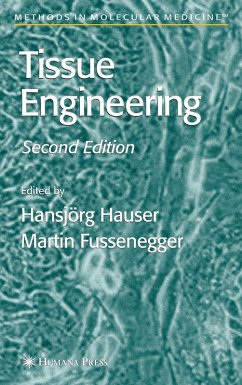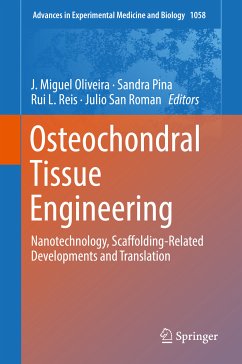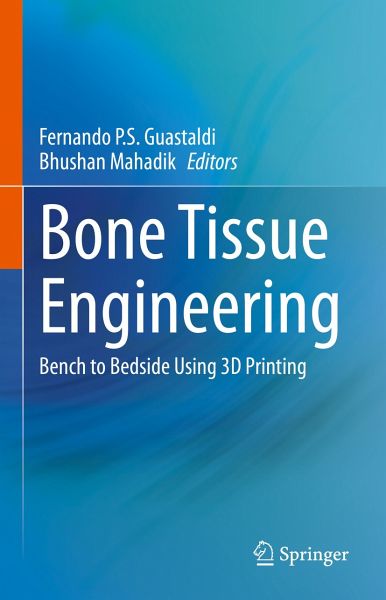
Bone Tissue Engineering (eBook, PDF)
Bench to Bedside Using 3D Printing
Redaktion: Guastaldi, Fernando P. S.; Mahadik, Bhushan
Versandkostenfrei!
Sofort per Download lieferbar
160,95 €
inkl. MwSt.
Weitere Ausgaben:

PAYBACK Punkte
80 °P sammeln!
This book provides a comprehensive overview of the state-of-the-art research as well as current challenges and strategies to reconstruct large bone defects employing 3D printing technology. Various topics covered include different 3D printing technologies that can be applied for bioengineering bone, the aspects of basic bone biology critical for clinical translation, tissue engineering platforms to investigate the bone niche microenvironment, the pathway to clinical translation, and regulatory hurdles.Bone Tissue Engineering: State-of-the-Art in 3D Printing is an ideal book for students and re...
This book provides a comprehensive overview of the state-of-the-art research as well as current challenges and strategies to reconstruct large bone defects employing 3D printing technology. Various topics covered include different 3D printing technologies that can be applied for bioengineering bone, the aspects of basic bone biology critical for clinical translation, tissue engineering platforms to investigate the bone niche microenvironment, the pathway to clinical translation, and regulatory hurdles.
Bone Tissue Engineering: State-of-the-Art in 3D Printing is an ideal book for students and researchers interested in learning more about the latest advances in employing different 3D printing technologies for bone tissue engineering.
Bone Tissue Engineering: State-of-the-Art in 3D Printing is an ideal book for students and researchers interested in learning more about the latest advances in employing different 3D printing technologies for bone tissue engineering.
Dieser Download kann aus rechtlichen Gründen nur mit Rechnungsadresse in A, B, BG, CY, CZ, D, DK, EW, E, FIN, F, GR, HR, H, IRL, I, LT, L, LR, M, NL, PL, P, R, S, SLO, SK ausgeliefert werden.



